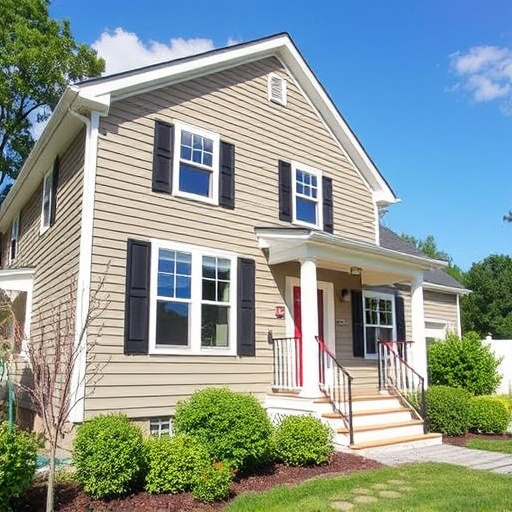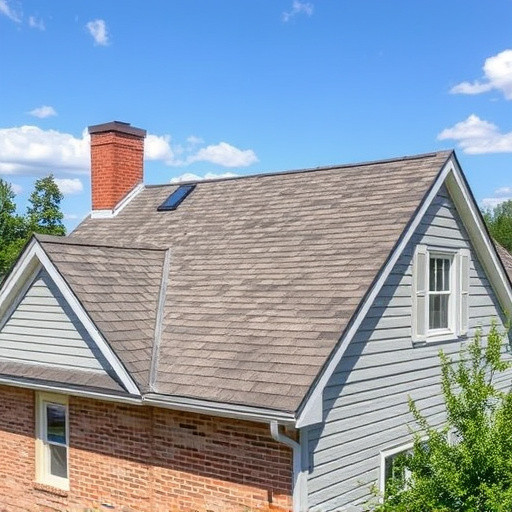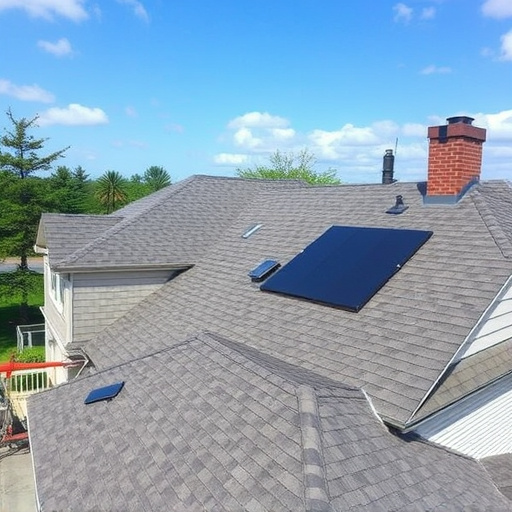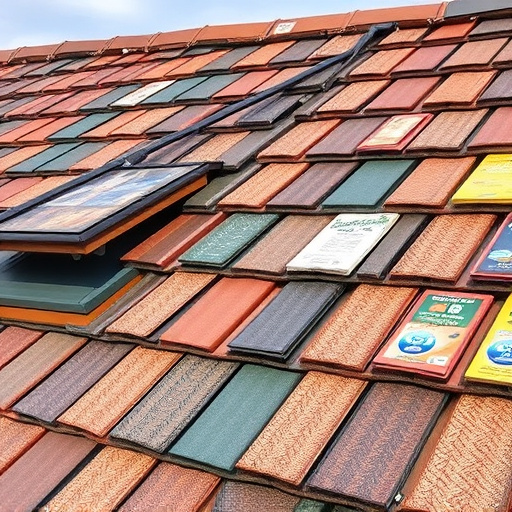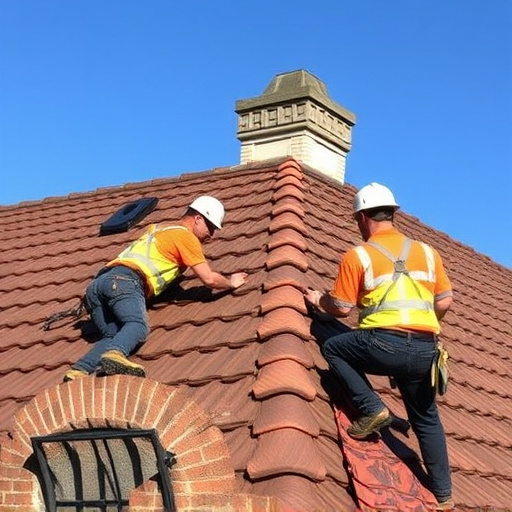Gutter installation success hinges on slope, crucial for water drainage and preventing debris buildup. Aim for 1% to 5% slope to ensure smooth water flow, avoid foundation issues, siding erosion, and wood rot. Proper landscaping, clear debris, level tools, and secure gutters with reliable hangers are essential for effective gutter performance complementing roofing or siding services.
Proper slope is a crucial factor for successful gutter installation, ensuring effective water flow and preventing clogs. In this article, we explore the significance of slope in gutter systems, ideal ranges for optimal drainage, and practical tips to achieve precise slopes during installation. By understanding these aspects, homeowners and professionals alike can enhance roof drainage, mitigate damage, and extend the lifespan of their gutters. Optimize your gutter installation with our insightful guide.
- Understanding Slope Importance in Gutter Installation
- Ideal Slope Range for Efficient Water Flow
- Practical Tips for Achieving Optimal Slope During Installation
Understanding Slope Importance in Gutter Installation
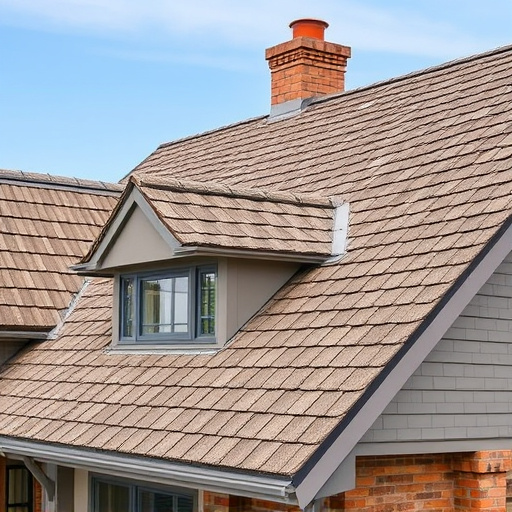
The success of gutter installation hinges heavily on a crucial factor often overlooked: slope. The tilt or angle at which gutters are positioned plays a pivotal role in ensuring effective water drainage and preventing clogs. A well-sloped gutter allows rainwater to swiftly flow, minimizing the risk of debris buildup and potential damage to the home’s exterior.
When considering gutter installation or residential siding replacement, it’s essential to understand that an appropriate slope facilitates the natural movement of water. This is particularly significant for areas prone to heavy rainfall or regions with extensive snowmelt. Proper slope not only optimizes drainage efficiency but also safeguards against water-related issues like foundation damage, siding erosion, and wood rot, thereby enhancing home exterior services.
Ideal Slope Range for Efficient Water Flow
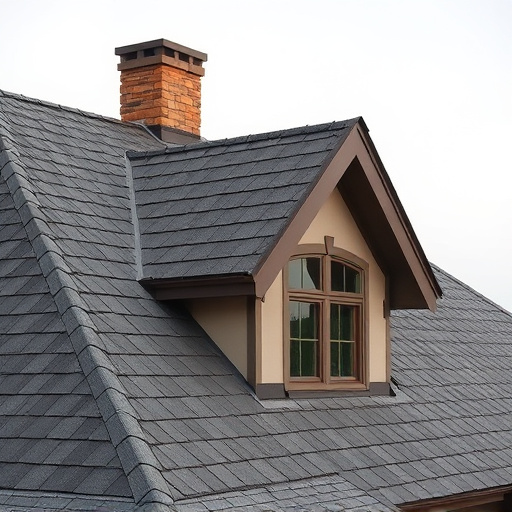
The ideal slope for gutter installation is a critical factor ensuring efficient water flow and channeling rainwater away from your property. The recommended range for gutter slopes typically falls between 1% to 5%. This modest angle allows water to smoothly glide into the gutters while preventing excessive buildup or leaks. Gutters installed with slopes within this range effectively manage rainfall, reducing the risk of storm damage repair and ensuring a well-protected building exterior.
Maintaining the right slope is especially important for residential siding and roofing services. A slight tilt encourages water to follow its natural path, clearing debris and preventing overflow that could lead to costly repairs. This simple yet effective technique ensures that your gutter system operates at peak performance, contributing to the overall durability of your home’s exterior, be it a vibrant tapestry of colors or a sleek, modern design.
Practical Tips for Achieving Optimal Slope During Installation
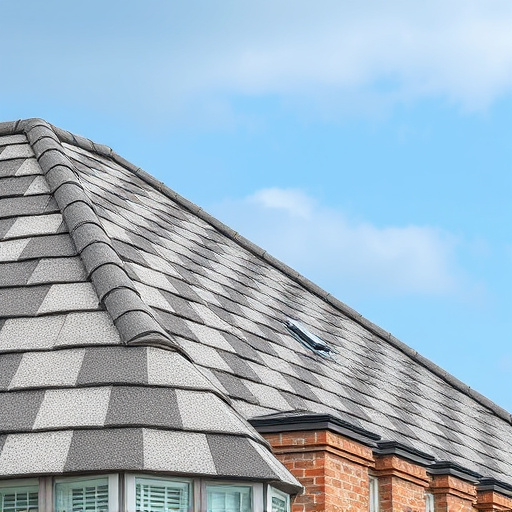
When installing gutters, achieving the right slope is paramount for effective water flow and long-lasting performance. Aim for a slope of 1 inch per foot (or 5% grade) to ensure rainwater smoothly moves away from your home’s foundation. This prevents flooding and damage caused by stagnant water. To achieve this optimal slope, start with properly graded landscaping and clear the area around the downspout, removing any debris or obstructions that could disrupt the flow.
During installation, use level tools and measuring tapes to ensure consistent slope throughout the gutter system. Secure gutters firmly to the roof using reliable hangers designed for the appropriate weight and climate conditions. Remember, proper gutter installation, including accurate slope considerations, is an essential aspect of maintaining a well-protected home, complementing your roofing services or siding repairs and replacements.
Proper slope is paramount for successful gutter installation, ensuring efficient water flow and preventing clogs. By understanding the ideal slope range and implementing practical tips, you can achieve optimal drainage and protect your home from costly water damage. These strategies, focused on enhancing gutter performance, constitute essential knowledge for any homeowner or professional installer seeking to optimise their system’s effectiveness.








